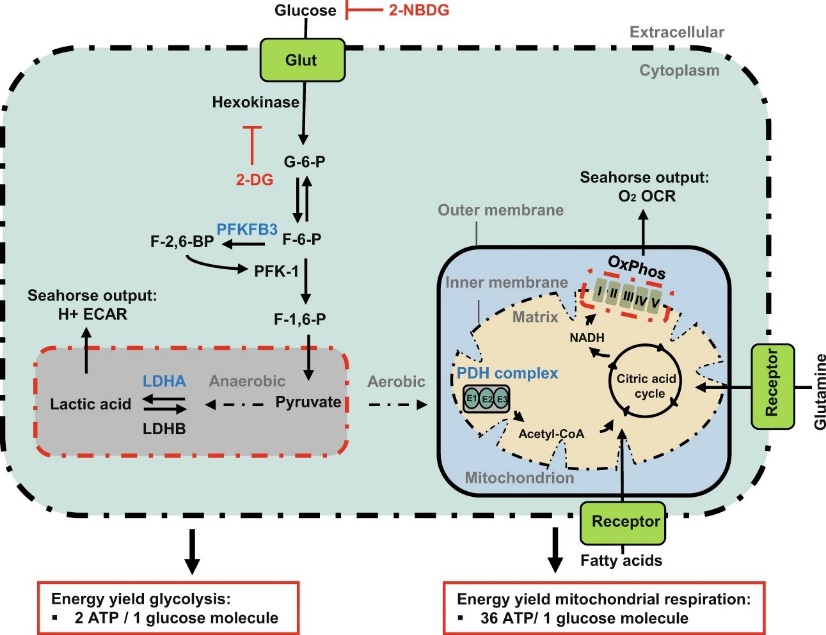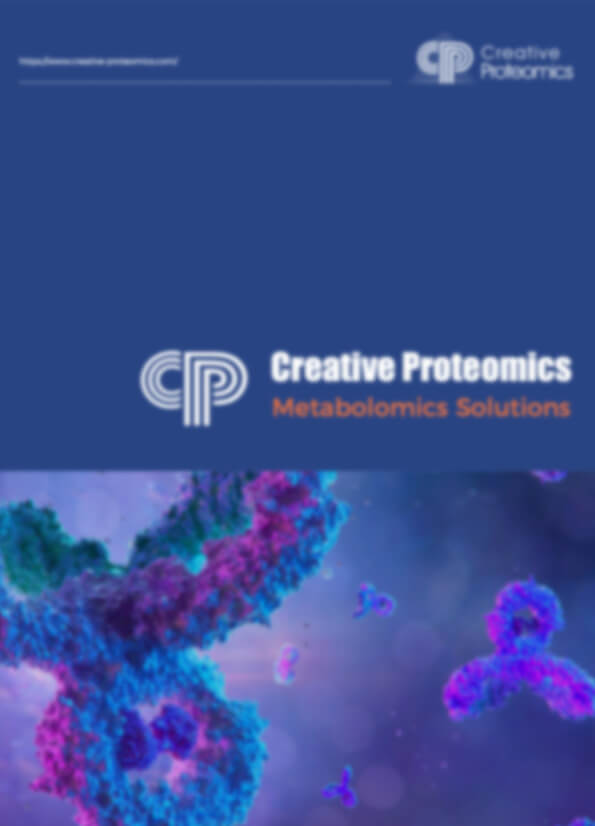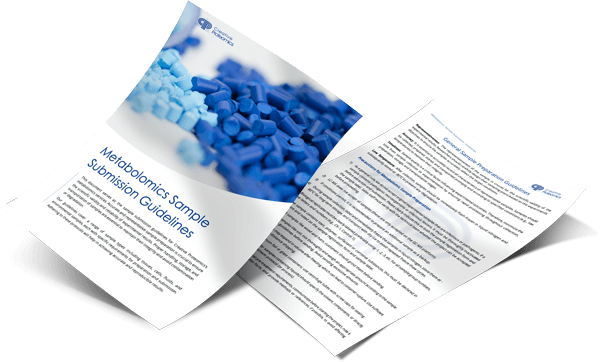Glycolysis Pathway Analysis Service
Creative Proteomics offers comprehensive metabolomics services designed to unlock the full potential of your biological samples. The Glycolysis Pathway Analysis Service provided by Creative Proteomics is a professional metabolomics service designed to comprehensively analyze key metabolites in the glycolysis pathway. We provide advanced liquid chromatography-mass spectrometry (LC-MS/MS) technology to perform relative and absolute quantitative analysis simultaneously, and it is widely used to study changes in metabolite concentrations and discover potential biomarkers.
Submit Your Request Now
×- What is
- Applications
- Our Service
- Sample Requirements
- Advantages
- FAQs
- Case Study
- Publication
Glycolysis Pathway
Glycolysis is part of central carbon metabolism and provides energy for cells under anaerobic conditions and prepares pyruvate for subsequent metabolic processes under aerobic conditions. Pyruvate is the final product of glycolysis and an important node in the metabolic network, connecting glycolysis, gluconeogenesis, tricarboxylic acid cycle and amino acid metabolism. During glycolysis, glucose is broken down into pyruvate, while ATP and NADH are produced. The entire process consists of 10 major steps involving the catalytic action of multiple enzymes.
 Figure 1. Schematic overview of glycolysis and mitochondrial respiration [1]
Figure 1. Schematic overview of glycolysis and mitochondrial respiration [1]
In conclusion, the overall reaction of glycolysis is as follows:
Glucose + 2 NAD+ + 2 ADP + 2 Pi → 2 Pyruvate + 2 NADH + 2 H+ + 2 ATP + 2 H2O
Applications
1. Disease mechanism research and diagnosis
Cancer cells rely on glycolysis (aerobic glycolysis) even under aerobic conditions, leading to a large accumulation of lactic acid; Insulin resistance leads to abnormal glycolysis, affecting glucose metabolism; In Alzheimer's disease (AD) and Parkinson's disease (PD), there is a decrease in the efficiency of glycolysis in neurons.
2. Drug target discovery
Research and development of anti-tumor and antibacterial drugs: Inhibit key enzymes of glycolysis (such as HK2 and LDHA); Pathogens (such as Plasmodium) rely on glycolysis for energy.
3. Bioprocess Optimization
Anaerobic exercise metabolism research; Microbial fermentation optimization; Crop stress resistance research; Food preservation and fermentation.
Our Service
LC-MS/MS is used for glycolysis analysis. The current panel we provide is listed below. Have specific metabolite requirements? Our panels can be fully customized based on your unique needs, simply submit a request.
| Glycolysis Pathway Metabolites Quantified in This Service | |
|---|---|
| Glucose | Dihydroxyacetone phosphate (DHAP) |
| Glucose-6-phosphate (G6P) | 1,3-Bisphosphoglycerate (1,3-BPG)/2,3-Bisphosphoglycerate (2,3-BPG) |
| Fructose-6-phosphate (F6P) | 3-Phosphoglycerate (3PG) |
| Fructose-1,6-bisphosphate (F1,6BP) | 2-Phosphoglycerate (2PG) |
| Fructose-1-phosphate | Phosphoenolpyruvate (PEP) |
| Glyceraldehyde-3-phosphate (G3P) | Pyruvate |
Sample Requirements
| Sample type | Minimum amount |
|---|---|
| Animal and clinical tissue samples | 100 mg |
| Blood samples (serum, plasma and whole blood) | 100 µL |
| DBS | 100 µL |
| Urine samples | 1 mL |
| Stool and intestinal contents | 100 mg |
| Body fluid samples (cerebrospinal fluid, saliva, etc.) | 200 µL |
| Plant tissue samples (roots, stems, leaves flowers and fruits, etc.) | 200 mg |
| Cells and microbial organisms | 2×10^7 |
| Culture media and fermentation broth | 500 µL |
Our Advantages
Cutting-edge facilities
Multiple LC-MS/MS analysis platforms
Reliable & Reproducible
Comprehensive analysis of metabolites
FAQs
Are glycolytic metabolites stable in the sample? How to avoid degradation?
Glycolytic intermediates (such as G6P, FBP, etc.) are easily degraded, and samples need to be processed quickly.
Freeze immediately: Quickly freeze in liquid nitrogen after collection and store at -80°C.
Add stabilizer: Precool methanol/acetonitrile (containing 1% formic acid) to terminate enzyme activity, or use metabolite protectants (such as NaF to inhibit phosphatase).
Can glycolysis analysis be combined with other metabolic pathways (such as TCA cycle)?
Answer: Yes! Recommended:
Multi-pathway targeted panel: Simultaneous detection of glycolysis, TCA, and PPP metabolites.
¹³C labeling tracking: such as U-¹³C-glucose tracing carbon flow.
Is LC-MS/MS analysis of glycolytic metabolites suitable for high-throughput detection?
Yes, by using high-throughput mass spectrometry technology, the analysis throughput can be significantly improved and is suitable for the detection of large-scale samples.
Learn about other Q&A about other technologies.
Glycolysis Pathway Analysis Service Case Study
Publications
Here are some publications in Metabolomics research from our clients:

- Characterization of a novel AraC/XylS-regulated family of N-acyltransferases in pathogens of the order Enterobacterales. 2020. https://doi.org/10.1371/journal.ppat.1008776
- Characterization of CYCLOPHILLIN38 shows that a photosynthesis-derived systemic signal controls lateral root emergence. 2021. https://doi.org/10.1093/plphys/kiaa032
- The Suppression of the KRAS G12D-Nrf2 Axis Shifts Arginine into the Phosphocreatine Energy System in Pancreatic Cancer Cells. 2023. https://doi.org/10.1016/j.isci.2023.108566
- Insulin resistance does not impair mechanical overload-stimulated glucose uptake, but does alter the metabolic fate of glucose in mouse muscle. 2020. https://doi.org/10.3390/ijms21134715
- Inflammation primes the kidney for recovery by activating AZIN1 A-to-I editing. 2023. https://doi.org/10.1101/2023.11.09.566426
Reference
- Yetkin-Arik B.; et al. The role of glycolysis and mitochondrial respiration in the formation and functioning of endothelial tip cells during angiogenesis. Sci Rep. 30;9(1):12608. https://www.nature.com/articles/s41598-019-48676-2









